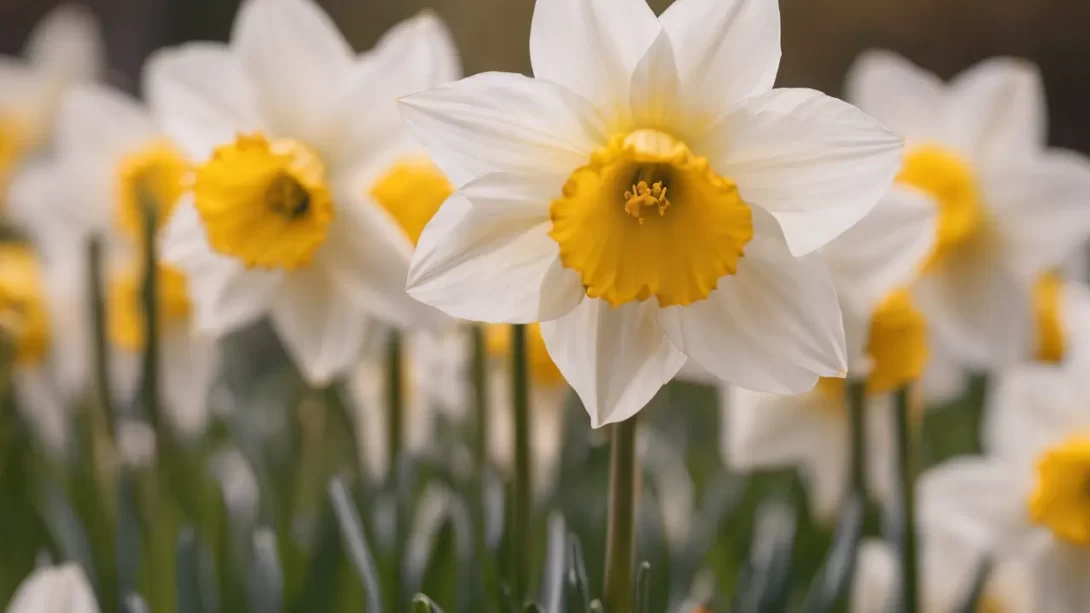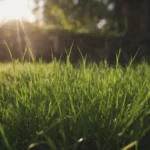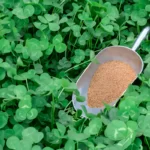Daffodils, with their vibrant blooms, herald the arrival of spring and are a favorite among gardeners. These perennial flowers are grown from bulbs, and their successful cultivation largely depends on several key factors, with planting depth being one of the most critical. Proper depth ensures optimal growth conditions, affecting everything from root development to flowering. This article explores the importance of planting daffodil bulbs at the correct depth, ensuring a beautiful display of blooms.
Daffodil Bulbs
A daffodil bulb is a self-contained storage unit, holding all the nutrients and energy the plant needs to grow and bloom. Each bulb consists of a basal plate (the bottom part, from which roots grow), fleshy scales (which store food), and a shoot (which develops into stems and leaves). Daffodils follow an annual cycle of growth, blooming in spring and then going dormant in summer. The bulb’s structure and function are key to understanding why planting depth is so crucial for healthy growth.
Importance of Proper Planting Depth
The right planting depth for daffodil bulbs is essential for several reasons. If planted too shallow, the bulbs are at risk of being exposed or damaged by frost, which can impede their development. On the other hand, bulbs planted too deep may struggle to emerge or fail to bloom effectively. The correct depth helps ensure that the bulbs are securely anchored, with enough insulation to protect them from temperature extremes and sufficient space to develop a robust root system. Proper depth also facilitates the right balance of moisture and aeration, critical factors for bulb health and blooming.
Determining the Ideal Planting Depth
The general guideline for planting daffodil bulbs is to set them at a depth twice to three times the height of the bulb. This rule means that if you have a bulb that’s two inches tall, it should be planted four to six inches deep. However, this can vary slightly depending on factors like the size of the bulb and the type of soil. Larger bulbs generally require deeper planting than smaller ones. In loose, sandy soil, bulbs can be planted slightly deeper, while in heavy, clay-rich soil, a shallower depth is preferable to prevent waterlogging.
Step-by-Step Guide to Planting Daffodil Bulbs
To plant daffodil bulbs, begin by preparing the planting site. Choose an area with good drainage and where the soil can be easily worked. If the soil is compacted, loosen it and amend it with compost to improve its structure and fertility.
- Measuring Depth: Use a trowel or bulb planter to make a hole at the appropriate depth. A ruler or measuring stick can help ensure accuracy.
- Positioning the Bulbs: Place the bulb in the hole with the pointy end up and the basal plate (flat side) down. This orientation is crucial as the roots will grow from the bottom.
- Spacing Bulbs: Space bulbs about 3 to 6 inches apart. Proper spacing allows for adequate air circulation and reduces the risk of disease.
- Covering with Soil: Gently cover the bulb with soil. Make sure the soil fills the hole completely to avoid air pockets, which can dry out the bulb or cause root damage.
- Initial Watering: After planting, water the area thoroughly to settle the soil around the bulbs.
Following these steps will help ensure that your daffodil bulbs are well-positioned for a healthy start.
Aftercare for Planted Daffodil Bulbs
Once daffodil bulbs are planted, their care doesn’t end. Initial watering is important, but ongoing care is also crucial for ensuring a beautiful bloom in the spring. During the growing season, keep the soil moist but not waterlogged. Overwatering can lead to bulb rot, a common problem in poorly drained soils.
Mulching can help maintain soil moisture and temperature. A layer of organic mulch, like straw or bark chips, can also provide nutrients as it decomposes. As the daffodils start to emerge, consider applying a low-nitrogen, high-potassium fertilizer to encourage strong blooms. However, avoid over-fertilizing, as this can do more harm than good.
Common Mistakes to Avoid
When planting daffodil bulbs, there are several common errors that gardeners should be mindful to avoid. Planting bulbs too shallow can expose them to surface fluctuations in temperature and moisture, while planting too deep may prevent or delay their emergence. Another mistake is overcrowding the bulbs, which can lead to poor air circulation and competition for nutrients, potentially resulting in weaker blooms.
Poor soil preparation is also a common oversight. Daffodils thrive in well-draining soil rich in organic matter. Neglecting to amend heavy or clay-rich soils can lead to water retention and root rot. Additionally, it’s important to be gentle when handling bulbs; bruised or damaged bulbs are more susceptible to disease and may not grow as well.
Conclusion: Ensuring Beautiful Daffodil Blooms
To sum up, the successful cultivation of daffodils largely hinges on planting the bulbs at the correct depth. This depth, generally two to three times the height of the bulb, ensures adequate protection, root development, and flowering potential. Properly spaced and situated in well-prepared soil, daffodil bulbs will have the optimal environment to flourish.
Remember, the care you give to your daffodil bulbs doesn’t stop once they’re in the ground. Regular watering, mulching, and appropriate fertilization are key to nurturing these bulbs into vibrant spring blooms. By avoiding common planting mistakes and providing ongoing care, gardeners can look forward to a spectacular display of daffodils year after year. The reward of your efforts will be the bright, cheerful blooms that are synonymous with the arrival of spring.



